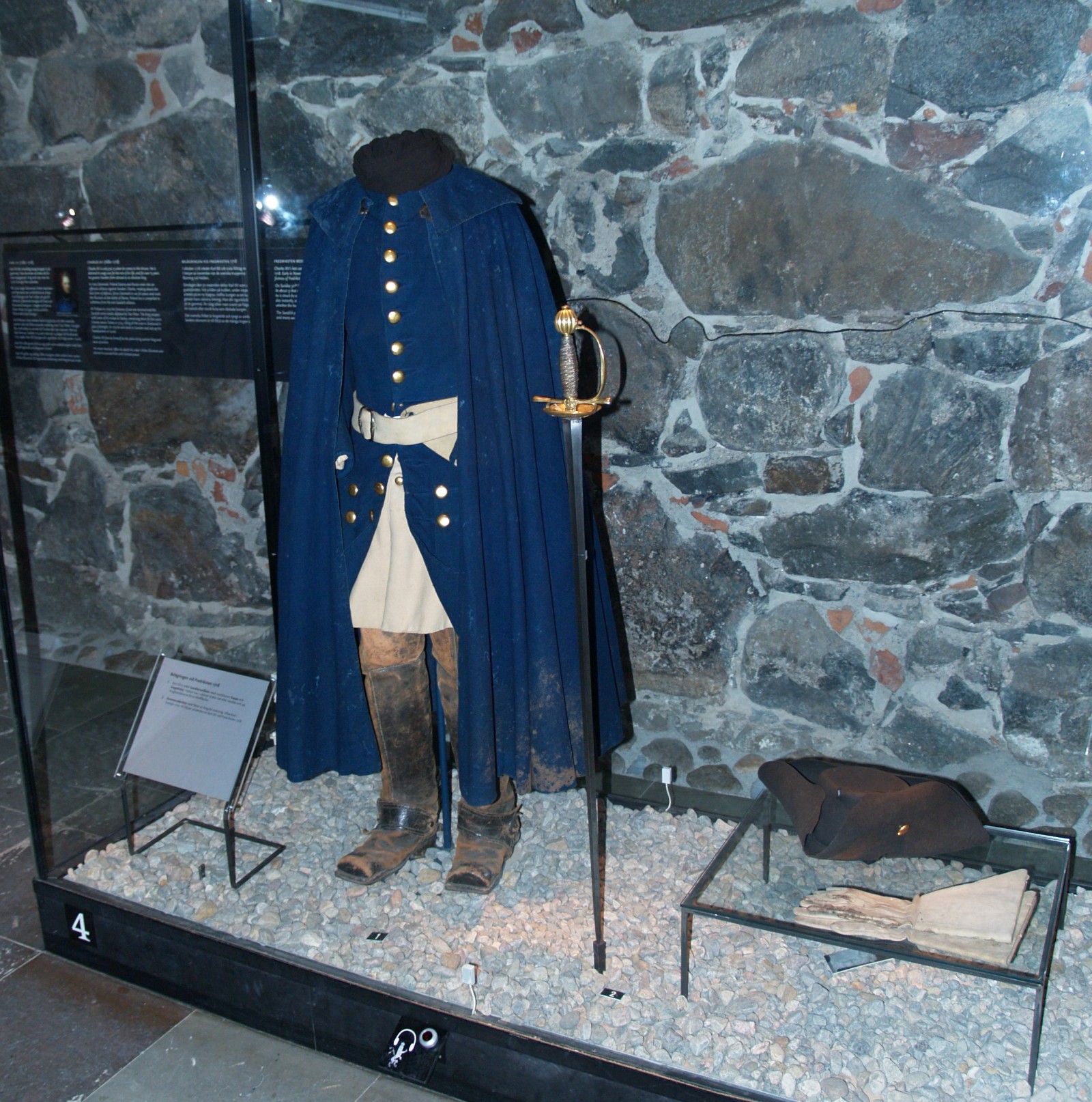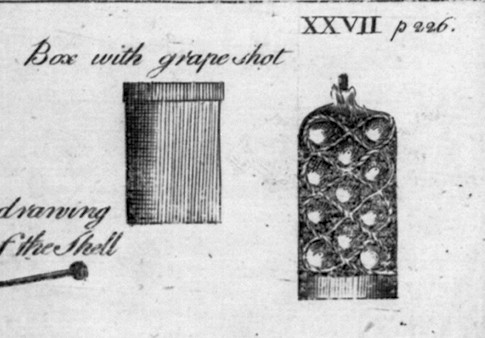|
Siege Of Fredriksten
The siege of Fredriksten ( no, Beleiringen av Fredriksten festning) was an attack on the Norwegian fortress of Fredriksten in the city of Fredrikshald (now Halden) by King Charles XII of Sweden. While inspecting his troops' lines, Charles XII was killed by a projectile. The Swedes broke off the siege, and the Norwegians held the fortress. Along with the Treaty of Nystad three years later, the death of Charles XII marked the end of the imperial era in Sweden, and the beginning of the Age of Liberty ( sv, Frihetstiden) in that country. Background King Charles XII of Sweden made several campaigns into the city during the Great Northern War (Swedish: ''Stora nordiska kriget'') as part of his campaign to capture Norway. At the close of the Great Northern War, the Norwegian Army had been weakened in early 1716 by withdrawal of 5000 of the best troops to Denmark. When rumors reached Christiania (now Oslo) that Charles XII was preparing to invade, all remaining troops in Øste ... [...More Info...] [...Related Items...] OR: [Wikipedia] [Google] [Baidu] |
Great Northern War
The Great Northern War (1700–1721) was a conflict in which a coalition led by the Tsardom of Russia successfully contested the supremacy of the Swedish Empire in Northern, Central and Eastern Europe. The initial leaders of the anti-Swedish alliance were Peter I of Russia, Frederick IV of Denmark–Norway and Augustus II the Strong of Saxony– Poland–Lithuania. Frederick IV and Augustus II were defeated by Sweden, under Charles XII, and forced out of the alliance in 1700 and 1706 respectively, but rejoined it in 1709 after the defeat of Charles XII at the Battle of Poltava. George I of Great Britain and the Electorate of Hanover joined the coalition in 1714 for Hanover and in 1717 for Britain, and Frederick William I of Brandenburg-Prussia joined it in 1715. Charles XII led the Swedish army. Swedish allies included Holstein-Gottorp, several Polish magnates under Stanislaus I Leszczyński (1704–1710) and Cossacks under the Ukrainian Hetman Ivan Mazepa (1708–17 ... [...More Info...] [...Related Items...] OR: [Wikipedia] [Google] [Baidu] |
Kongsvinger
Kongsvinger () is a municipality in Innlandet county, Norway. It is located in the traditional district of Glåmdal. The administrative centre of the municipality is the town of Kongsvinger. Other settlements in the municipality include Austmarka, Brandval, Lundersæter, and Roverud. The municipality is the 111th largest by area out of the 356 municipalities in Norway. Kongsvinger is the 72nd most populous municipality in Norway with a population of 17,949. The municipality's population density is and its population has increased by 2.4% over the previous 10-year period. General information In 1854, the King designated the market town of Kongsvinger as a kjøpstad, which gave it special rights. The designation included a small patch of land on both sides of the river Glomma with an area of approximately . Because of this designation, on 7 February 1855, the town was separated from the municipality of Vinger to form a separate municipality. Initially, the town had 472 resid ... [...More Info...] [...Related Items...] OR: [Wikipedia] [Google] [Baidu] |
Battles Involving Denmark
A battle is an occurrence of combat in warfare between opposing military units of any number or size. A war usually consists of multiple battles. In general, a battle is a military engagement that is well defined in duration, area, and force commitment. An engagement with only limited commitment between the forces and without decisive results is sometimes called a skirmish. The word "battle" can also be used infrequently to refer to an entire operational campaign, although this usage greatly diverges from its conventional or customary meaning. Generally, the word "battle" is used for such campaigns if referring to a protracted combat encounter in which either one or both of the combatants had the same methods, resources, and strategic objectives throughout the encounter. Some prominent examples of this would be the Battle of the Atlantic, Battle of Britain, and Battle of Stalingrad, all in World War II. Wars and military campaigns are guided by military strategy, whereas bat ... [...More Info...] [...Related Items...] OR: [Wikipedia] [Google] [Baidu] |
Battles Of The Great Northern War
A battle is an occurrence of combat in warfare between opposing military units of any number or size. A war usually consists of multiple battles. In general, a battle is a military engagement that is well defined in duration, area, and force commitment. An engagement with only limited commitment between the forces and without decisive results is sometimes called a skirmish. The word "battle" can also be used infrequently to refer to an entire operational campaign, although this usage greatly diverges from its conventional or customary meaning. Generally, the word "battle" is used for such campaigns if referring to a protracted combat encounter in which either one or both of the combatants had the same methods, resources, and strategic objectives throughout the encounter. Some prominent examples of this would be the Battle of the Atlantic, Battle of Britain, and Battle of Stalingrad, all in World War II. Wars and military campaigns are guided by military strategy, whereas bat ... [...More Info...] [...Related Items...] OR: [Wikipedia] [Google] [Baidu] |
Grapeshot
Grapeshot is a type of artillery round invented by a British Officer during the Napoleonic Wars. It was used mainly as an anti infantry round, but had other uses in naval combat. In artillery, a grapeshot is a type of ammunition that consists of a collection of smaller-caliber round shots, which in most cases are about the size of a golf ball, packed tightly in a canvas bag and separated from the gunpowder charge by a metal wadding, rather than being a single solid projectile. Grapeshot also comes packaged in clusters of three by iron rings, and in three tiers, with the shot being held in by cast iron rings. When assembled, the shot resembled a cluster of grapes, hence the name. Grapeshot was used both on land and at sea. On firing, the canvas wrapping disintegrates and the contained balls scatter out from the muzzle, giving a ballistic effect similar to a giant shotgun. Grapeshot was devastatingly effective against massed infantry at short range and was also used at medium rang ... [...More Info...] [...Related Items...] OR: [Wikipedia] [Google] [Baidu] |
Musket
A musket is a muzzle-loaded long gun that appeared as a smoothbore weapon in the early 16th century, at first as a heavier variant of the arquebus, capable of penetrating plate armour. By the mid-16th century, this type of musket gradually disappeared as the use of heavy armour declined, but ''musket'' continued as the generic term for smoothbore long guns until the mid-19th century. In turn, this style of musket was retired in the 19th century when rifled muskets (simply called rifles in modern terminology) using the Minié ball (invented by Claude-Étienne Minié in 1849) became common. The development of breech-loading firearms using self-contained cartridges (introduced by Casimir Lefaucheux in 1835) and the first reliable repeating rifles produced by Winchester Repeating Arms Company in 1860 also led to their demise. By the time that repeating rifles became common, they were known as simply "rifles", ending the era of the musket. Etymology According to the Online Et ... [...More Info...] [...Related Items...] OR: [Wikipedia] [Google] [Baidu] |
Svinesund
Svinesund is a sound separating the Swedish municipality of Strömstad in the province of Bohuslän in the county of Västra Götaland from the Norwegian municipality of Halden in the county of Viken. Two bridges, the old and new Svinesund Bridge, span this sound of the Iddefjord. The Swedish side is extremely popular with Norwegians who flock to buy relatively cheap goods in Sweden, where a large shopping area can be found immediately after crossing the sound. Following the inauguration of the new bridge in June 2005, both the old and new bridges are toll bridges. Norwegian and Swedish customs Customs is an authority or agency in a country responsible for collecting tariffs and for controlling the flow of goods, including animals, transports, personal effects, and hazardous items, into and out of a country. Traditionally, customs ... authorities have offices and checkpoints on their respective sides of the sound. While there is not normally any passport control on the ... [...More Info...] [...Related Items...] OR: [Wikipedia] [Google] [Baidu] |
Battle Of Dynekilen
The naval Battle of Dynekilen () took place on 8 July 1716 during the Great Northern War between a Dano-Norwegian fleet under Peter Tordenskjold and a Swedish fleet under Olof Strömstierna. The battle resulted in a Dano-Norwegian victory. Background On 28 October 1709 Frederik IV of Denmark, the Danish-Norwegian king declared war against Sweden. The war declaration came after the Swedish defeat at the Battle of Poltava, which resulted in a decisive victory for Peter I of Russia over Charles XII of Sweden. In the naval enactment, a light Danish-Norwegian force of 7 ships under Peter Tordenskjold trapped and defeated a Swedish transport fleet of 44 ships in Dynekilen fjord, just north of Strömstad, on the west coast of Sweden. The Swedish transport fleet was transporting troops, ammunition and supplies from Göteborg Gothenburg (; abbreviated Gbg; sv, Göteborg ) is the second-largest city in Sweden, fifth-largest in the Nordic countries, and capital of the Västra ... [...More Info...] [...Related Items...] OR: [Wikipedia] [Google] [Baidu] |
Peter Wessel Tordenskjold
Peter Jansen Wessel Tordenskiold (28 October 1690 – 12 November 1720), commonly referred to as Tordenskjold (), was a Norwegian nobleman and flag officer who spent his career in the service of the Royal Dano-Norwegian Navy. He rose to the rank of vice-admiral for his services in the Great Northern War. Born in the Norwegian city of Trondheim, Peter Wessel travelled to Copenhagen in 1704, and eventually enlisted in the navy. He won a name for himself through audacity and courage, and was ennobled as ''Peter Tordenskiold'' by King Frederick IV in 1716. His greatest exploit came later that year, as he destroyed the supply fleet of Charles XII of Sweden at the Battle of Dynekilen, ensuring his siege of Fredriksten would end in failure. In 1720, he was killed in a duel. In both Denmark and Norway he ranks among the most famous naval captains. He experienced an unusually rapid rise in rank and died when he was only 30 years old. Name His birth name was Peter Jansen Wessel. Hi ... [...More Info...] [...Related Items...] OR: [Wikipedia] [Google] [Baidu] |
Glomma The Glomma, or Glåma, is Norway's longest and most voluminous river. With a total length of , it has a drainage basin that covers fully 13% of Norway's surface area, all in the southern part of the country. Geography At its fullest length, the river runs from the lake Aursund near Røros in Trøndelag and runs into the Oslofjord at Fredrikstad. Major tributaries include the Vorma River, which drains Lake Mjøsa, joining the Glomma River at Årnes in Nes. The Lågen drains into Lake Mjøsa, collecting drainage from the large Gudbrandsdalen and significantly increasing the Glomma's flow. Because it flows through some of the richest forest districts, it has historically been Norway's leading log-floating river. The combination of raw materials, water power, and easy transport has over the centuries encouraged industry along the Glomma. Some of the country's largest manufacturing and processing concerns are found around its mouth, where supplies of timber and hydropower have been ... [...More Info...] [...Related Items...] OR: [Wikipedia] [Google] [Baidu] |








